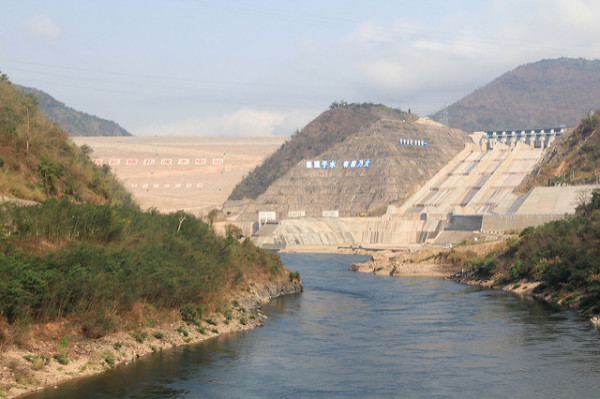A casual news consumer might cite economic losses, religious or ethnic oppression, or regime change as an underlying cause for war and conflict. These are all valid influences, but resource scarcity, particularly water scarcity, is an often ignored and yet powerful cause of unrest.
Regions in Asia currently face unprecedented water needs. Farmers and locals in Bohol, Phillipines, do not have enough water for their crops. Neither do farmers in India (68% of the population) wherein 2016 the drought has affected 330 million people. Meanwhile, China has “released waters” to help neighboring nations meet their unmet water needs, but it is questionable how long they will exploit their water dominion.
Image Source: NurPhoto
Responding to increasing concerns about global water scarcity, a team of researchers from MIT published a study in PLOS boldly claiming that by 2050, about one billion people in Asian nations will live in regions facing water stress — and that they have the numbers to prove it.
Modeling future water use presents challenges, including variable factors and insufficient records. For example, private water bottling companies are not obligated by law to publish records of water extraction and consumption. Variation in the water pipeline — transport, distribution, per capita use, reuse, and dispensation — hinders efforts to transplant solutions. Problems may include limited access by low-income communities as in Flint, dwindling reservoirs as with the state of California and its main water source the Colorado River Basin, and inefficient greywater collection.
The MIT study employs a model published in 2012. It accounts for runoff, reservoir use, regulations on water use, and sectors that use water (agricultural, municipal, and industrial). Then it calculates the unmet water requirement (UWR) — the amount of water demanded but not provided — from now until 2050 for Asian countries, accounting for climate change and socioeconomic growth.
Image Source: JAAFAR ASHTIYEH
Analyses of the results, the authors argue, shows that for populous, expanding nations such as China and India, water shortage is concerning. The UWR in all regions will shift (i.e. slight to moderate, moderate to heavy, moderate to extreme), and no regions will face decreased water stress.
The increased demand, while perhaps unsurprising, is very concerning, as water scarcity has been one of the key driving factors in the history of worldwide conflicts (an interactive map can be found here). Thirsty people are unlikely to spend when the government and other industries are not meeting their daily needs. This is, of course, ignoring the dire human cost of people literally dying of thirst.
The global community must be forewarned of potential, far-reaching consequences such as political turmoil if people’s water needs are not met.
Featured Image: Nuozhadu, the largest dam on the Lancang (Mekong) River by Water, Land, and Ecosystems.










